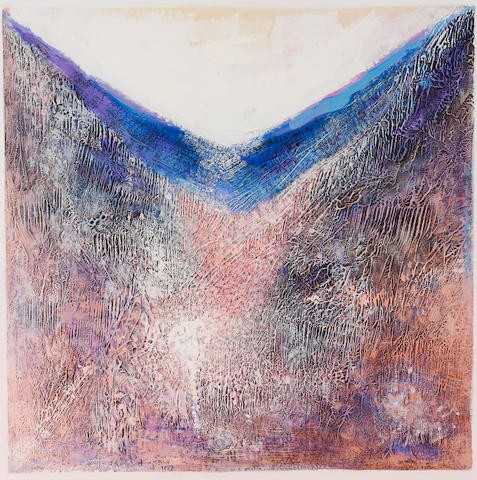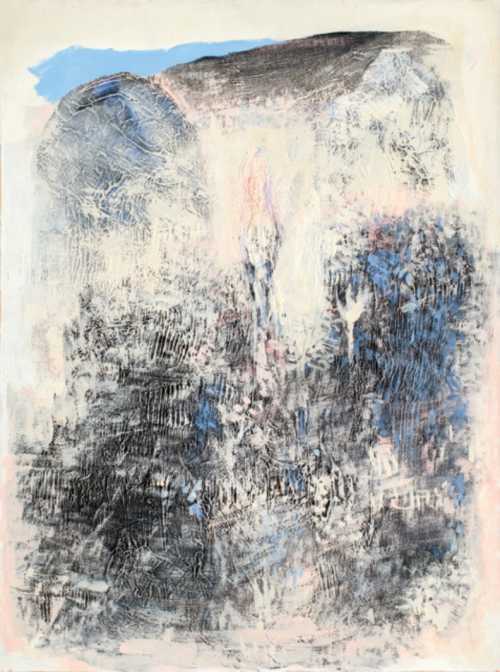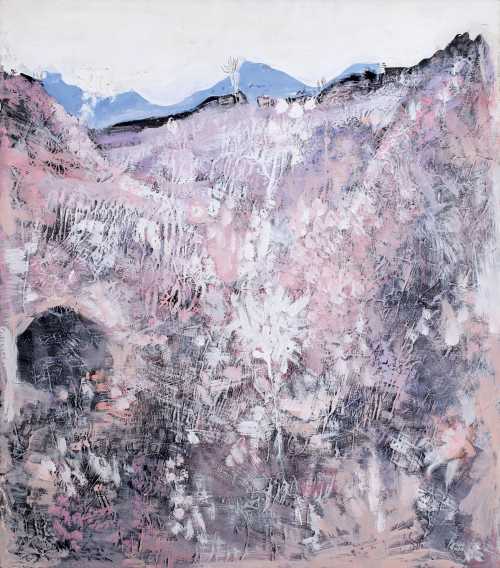- Untitled 1987
- Oil and Acrylic on Cardboard, Laid on Wooden Panel
- Painting
- 73 * 73 cm
- signed and dated 1987 in English lower centre, framed
Artwork Description
"There is one earthly principle and one heavenly principle, and plant by growing roots into the earth and spouting towards the heavens faces both principles, unites them and unifies their contrasts." -Hossein Kazemi
One of the most prominent Iranian artists, Hossein Kazemi began his career in 1940s by focusing on figurative art. Portraits of popular figures such as Sadegh Hedayat drew attention. However, Kazemi's artistic style began evolving as he started experimenting with Cubism and became fascinated by Western Modernism.
In 1953, Kazemi moved to Paris and entered the 'Ecole des Beaux Arts'. Aware of his Iranian heritage, Kazemi was eager to search for a style that would incorporate Persian elements and also be modern. As the artist's work became more abstract, his inspiration by certain elements from Persian art remained evident. His interest in stylized forms from Ancient Persia, miniature paintings, ceramic tiles and manuscript illuminations are reflected on his canvases. Kazemi arrived at his desired composition and form, with its harmonious colours: a wide range of blues and violets, variations of semi-abstract objects such as stones and flowers and thick layers of pigment, which became his signature style.
One of the most prominent Iranian artists, Hossein Kazemi began his career in 1940s by focusing on figurative art. Portraits of popular figures such as Sadegh Hedayat drew attention. However, Kazemi's artistic style began evolving as he started experimenting with Cubism and became fascinated by Western Modernism.
In 1953, Kazemi moved to Paris and entered the 'Ecole des Beaux Arts'. Aware of his Iranian heritage, Kazemi was eager to search for a style that would incorporate Persian elements and also be modern. As the artist's work became more abstract, his inspiration by certain elements from Persian art remained evident. His interest in stylized forms from Ancient Persia, miniature paintings, ceramic tiles and manuscript illuminations are reflected on his canvases. Kazemi arrived at his desired composition and form, with its harmonious colours: a wide range of blues and violets, variations of semi-abstract objects such as stones and flowers and thick layers of pigment, which became his signature style.
More lots by Hossein Kazemi
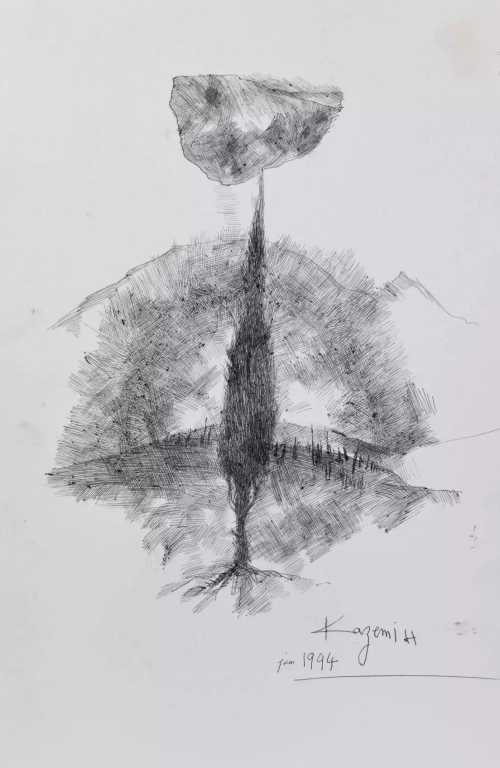
Untitled
Estimation
€1,200
1,281 USD
-
€1,800
1,921 USD
Realized Price
€800
854 USD
46.667%
Sale Date
Millon & Associés
-
25 April 2024
Realized Price
37,278 USD
Min Estimate
25,208 USD
Max Estimate
35,761 USD
Average Artwork Worth
+35.805%
Average Growth of Artwork Worth
Sales Performance Against Estimates
Average & Median Sold Lot Value
2021 - 2025
Performance vs. Estimate
2021 - 2025
Sell-through Rate
2021 - 2025
Similar Artworks
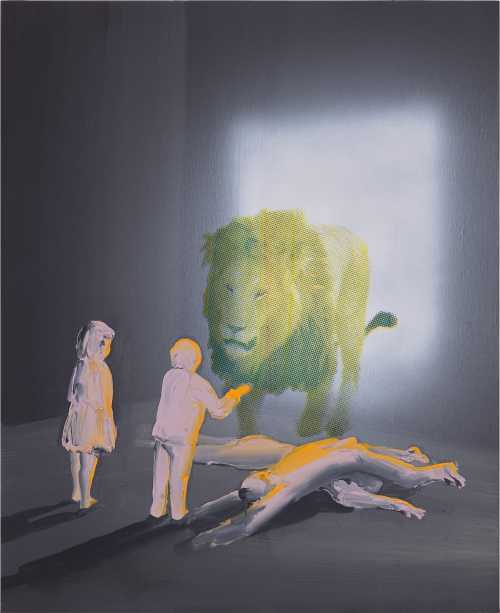
The Eater
Estimation
$15,000
-
$20,000
Realized Price
$53,340
204.8%
Sell at
Sale Date
Phillips Auction
-
14 May 2025
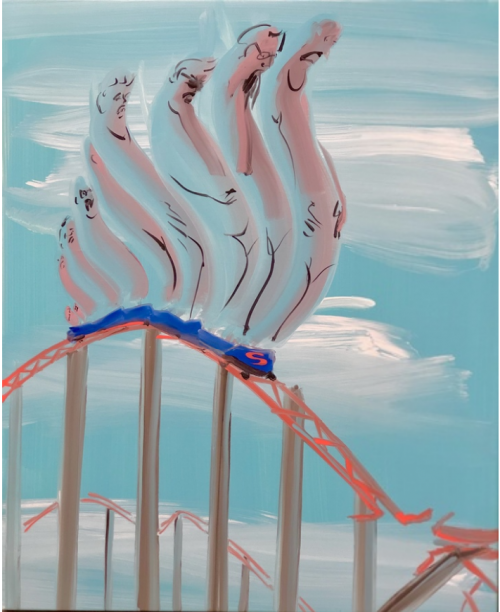
Roller Coaster
Estimation
£15,000
19,742 USD
-
£25,000
32,903 USD
Realized Price
£37,800
49,750 USD
89%
Sell at
Sale Date
Phillips Auction
-
28 April 2022

Untitled
Estimation
HK$220,000
28,269 USD
-
HK$320,000
41,119 USD
Realized Price
HK$381,000
48,957 USD
41.111%
Sell at
Sale Date
Phillips Auction
-
26 November 2024
